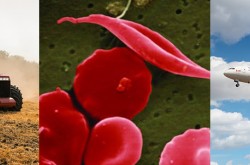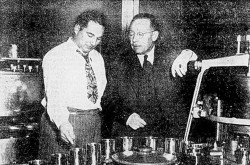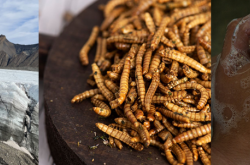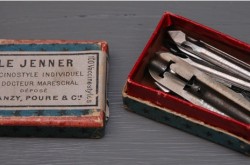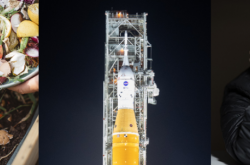'Sugar' Ray Lemieux: Sugar’s little know health benefits
This article was originally written and submitted as part of a Canada 150 Project, the Innovation Storybook, to crowdsource stories of Canadian innovation with partners across Canada. The content has since been migrated to Ingenium’s Channel, a digital hub featuring curated content related to science, technology and innovation.
Ray Lemieux earning the name ‘Sugar Ray’ for his discovery of synthesized sucrose, Lemieux’s research led to improvements for leukemia and hemophilia treatments and the development of new antibiotics, blood reagents, and organ anti-rejection drugs. The research program Lemieux’s built at the University of Alberta became one of the premier carbohydrate (i.e., sugar) chemistry research groups in the world.
Sugar: key to our biological processes and health
Carbohydrates play a central role in how our cells work. Carbohydrate chains, or glycans, are found in every living cell and are the key to almost every biological process!
Driving new health benefits and treatments from sugar
Fast forward 50 years, UAlberta is now home to one of Canada’s newest Networks of Centers of Excellence called GlycoNet. GlycoNet is a team of over 60 researchers at 22 Canadian institutions all focused on the emerging science of carbohydrates. Building on ‘Sugar’ Ray’s legacy, GlycoNet will help discover and develop new drugs and vaccines for conditions such as influenza, genetic diseases, diabetes, obesity and rare genetic diseases.
Transcript
Did you know carbohydrates are part of the cell membrane of every living cell? Learn about how carbohydrates (glycans) work and the important role they play in how cells work! Glycans are one of the largest and most diverse molecules in nature and are key to almost all biological processes. There are many ways scientists can harness carbohydrates to improve human health.
The Canadian Glycomics Network (GlycoNet) aims to use the study of carbohydrates to improve human health. Find more information at www.glyconet.ca.











